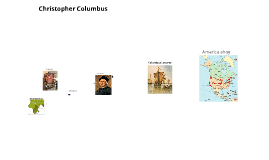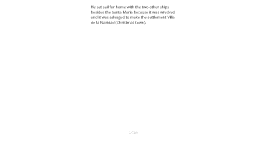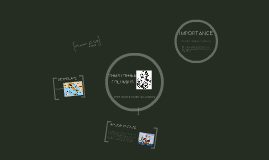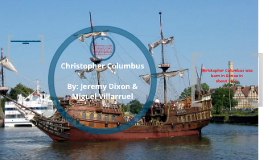Christopher Columbus
Transcript: Christopher Columbus Columbus Day is a observance honoring Christopher Columbus's first voyage to the Americas in 1492. The holiday is observed in the United States by banks, the post office and most governments and schools, while most businesses remain open. Christopher Columbus (1451-1506) was an Italian explorer who sailed across the Atlantic Ocean in 1492, hoping to find a route to India (in order to trade for spices). He made a total of four trips to the Caribbean and South America during the years 1492-1504. Columbus Day first became an official state holiday in Colorado in 1906, and became a federal holiday in 1937. However, people have celebrated Columbus's voyage since the colonial period. Columbus Day is a U.S. holiday that commemorates the landing of Christopher Columbus in the New World on October 12, 1492. It was unofficially celebrated in a number of cities and states as early as the 18th century but did not become a federal holiday until the 1937 In the context of emerging western imperialism and economic competition between European kingdoms seeking wealth through the establishment of trade routes and colonies, Columbus' far-fetched proposal to reach the East Indies by sailing westward received the support of the Spanish crown, which saw in it a promise, however remote, of gaining the upper hand over rival powers in the contest for the lucrative spice trade with Asia. Though Columbus was not the first European explorer to reach the Americas (having been preceded by the Norse expedition led by Leif Ericson[6]), Columbus' voyages led to the first lasting European contact with America, inaugurating a period of European exploration and colonization of foreign lands that lasted for several centuries. canadians do not celebrate columbus day. columbus day is celebrated in other countries. not jsut the united states. During his first voyage in 1492, instead of reaching Japan as he had intended, Columbus landed in the Bahamas archipelago, at a locale he named San Salvador. Over the course of three more voyages, Columbus visited the Greater and Lesser Antilles, as well as the Caribbean coast of Venezuela and Central America, claiming them for the Spanish Empire.

















